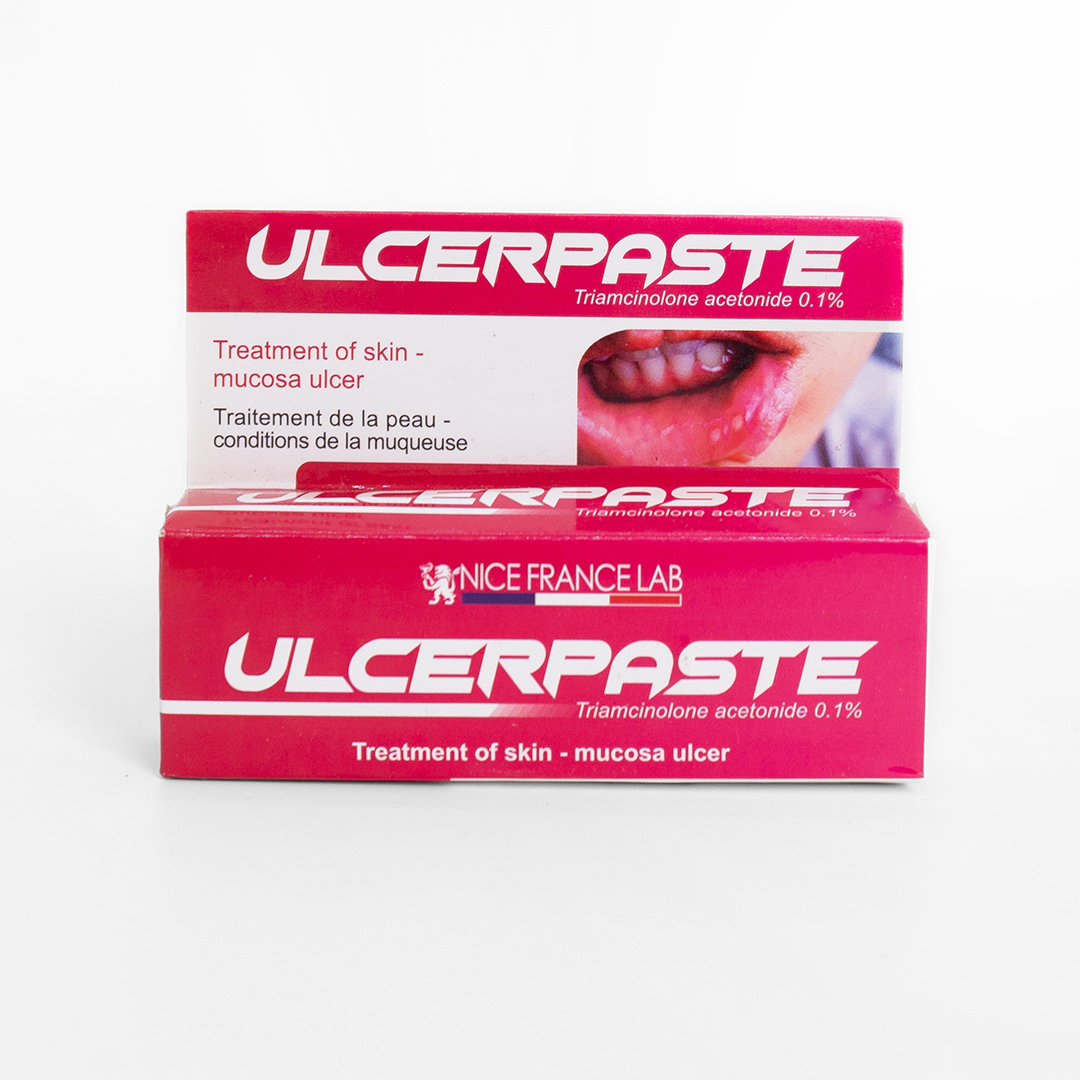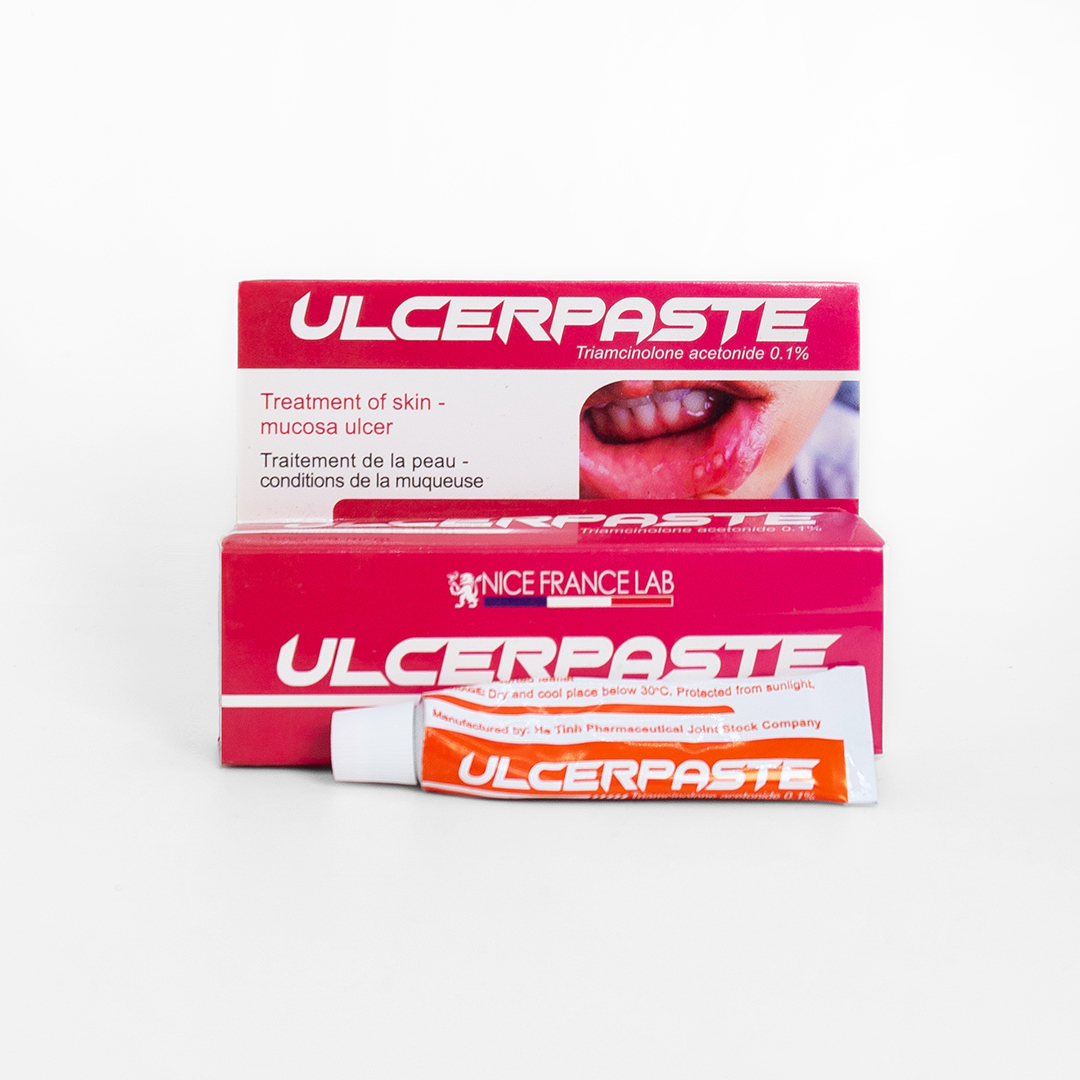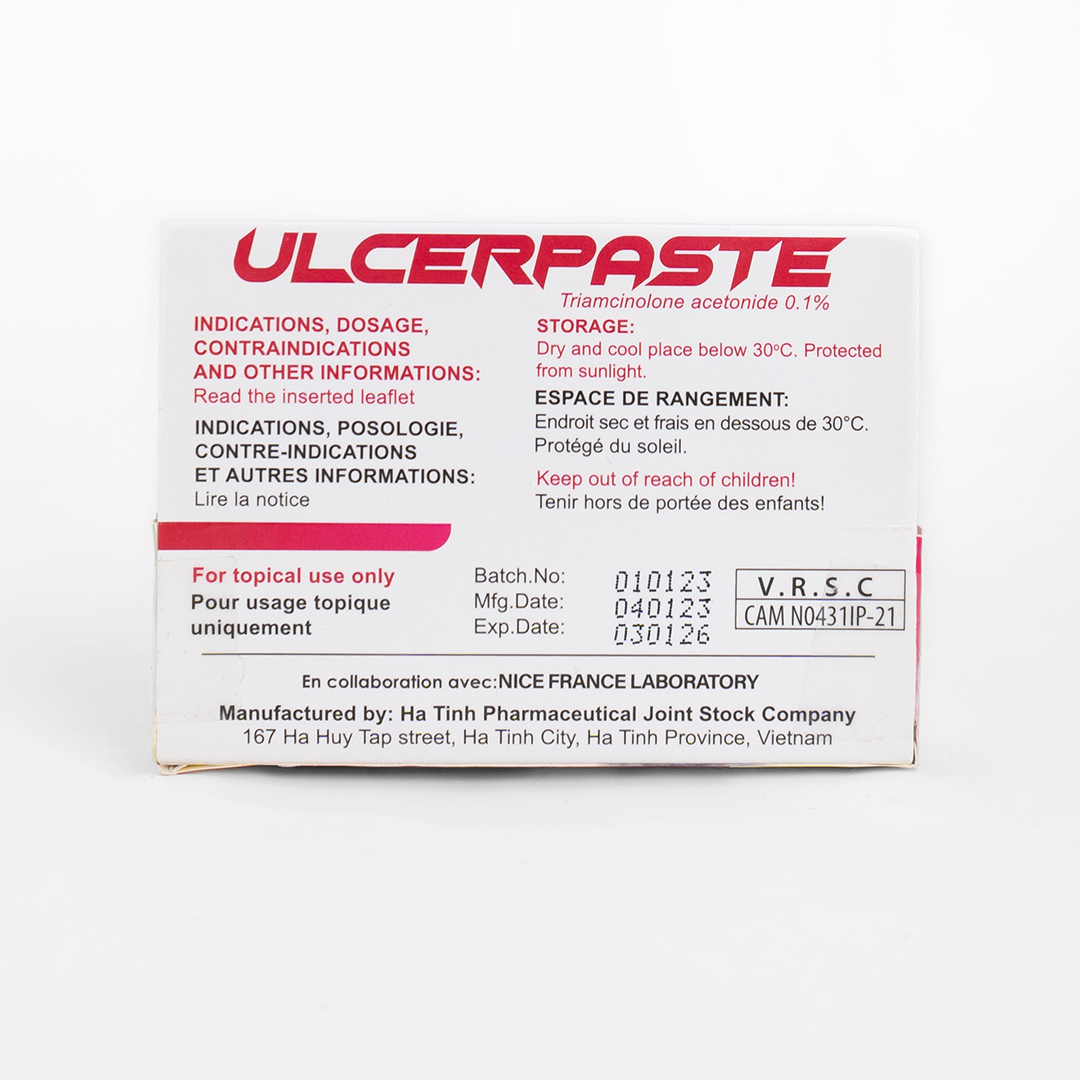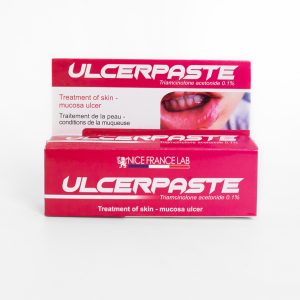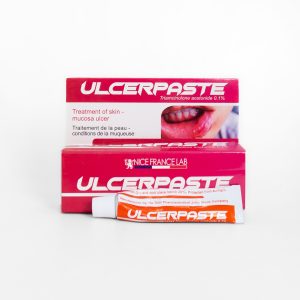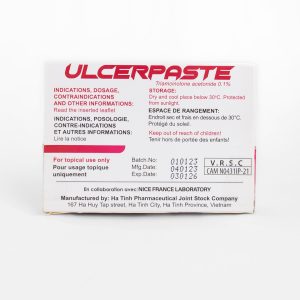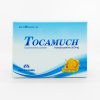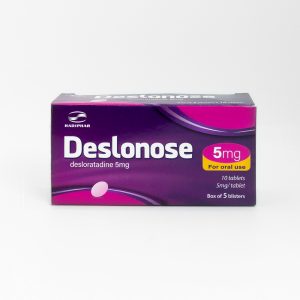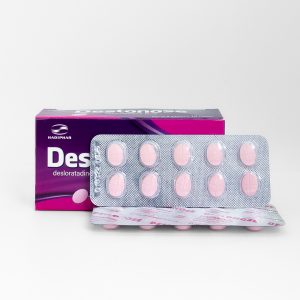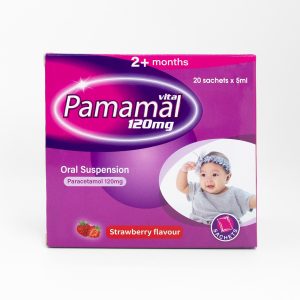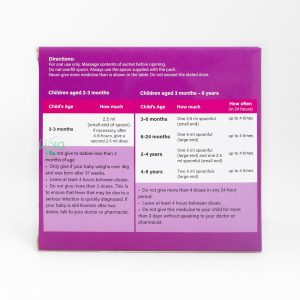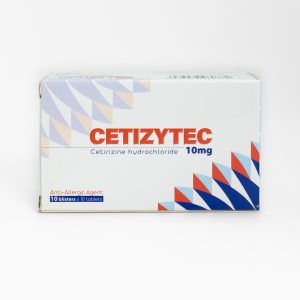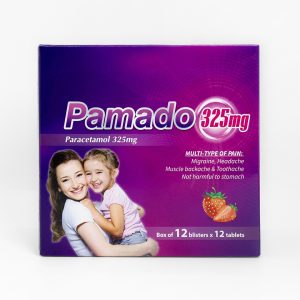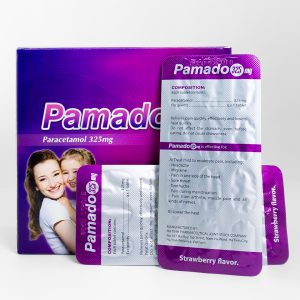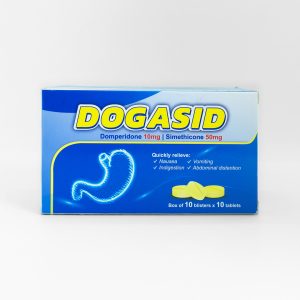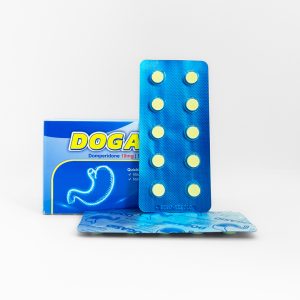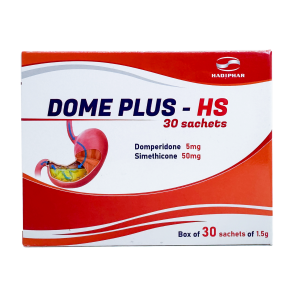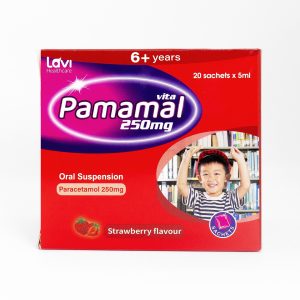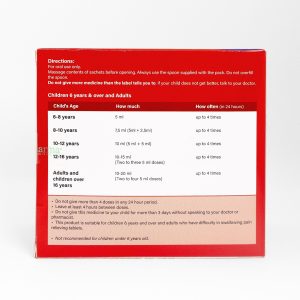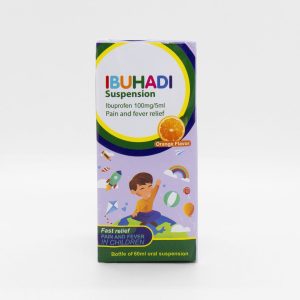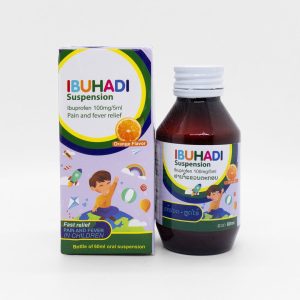INDICATION:
This medication is used for the temporary relief of symptoms from mouth sores due to injury, ulcer. This drug comes in a dental paste that allows it to stick to the inside of the mouth/cheeks/gums. It works by reducing the swelling, itching, and pain that can occur with mouth sores, mouth ulcer. This medication is known as a medium-strength corticosteroid.
DOSAGE AND ADMINISTRATION:
Do not apply this medication in the eyes or on the skin. It is to be used only inside the mouth.
Dab or press (do not rub) a small amount of paste onto the area to be treated until the paste sticks and a smooth, slippery film develops. A cotton swab may be used to apply the paste. Do not attempt to spread or rub the paste in. This will only cause it to become crumbly, grainy, or gritty.
Apply to the affected area 2 to 3 times daily after meals or at bedtime as directed by your doctor or dentist. Do not use longer than 8 days continuously. Mouth infections may worsen while you are using this medication. Inform the prescribing doctor or dentist if your condition persists or worsens after more than 7 days of treatment.
The treated area should not be bandaged or otherwise covered or wrapped unless your doctor or dentist directs you to do so.
CONTRAINDICATION
-
Hypersensitive to any ingredients of drug
-
Cases of fungal infections, viral infections, oral and pharyngeal infections.
-
Not for use in ophthalmology
ADRs
Burning, itching, irritation, dryness, or redness of the treated area may occur. If any of these effects persist or worsen, notify your doctor, dentist, or pharmacist promptly.
Remember that your doctor or dentist has prescribed this medication because he or she has judged that the benefit to you is greater than the risk of side effects. Many people using this medication do not have serious side effects.
Tell your doctor right away if any of these unlikely but serious side effects occur: blistering, peeling.
Rarely, it is possible this medication will be absorbed from the mouth into the bloodstream. This can lead to side effects of too much corticosteroid. These side effects are more likely in children, and in people who use this medication for a long time. Tell your doctor right away if any of the following side effects occur: unusual/extreme tiredness, weight loss, headache, swelling ankles/feet, increased thirst/urination, vision problems.
A very serious allergic reaction to this drug is unlikely, but seek immediate medical attention if it occurs. Symptoms of a serious allergic reaction may include: rash, itching/swelling (especially of the face/tongue/throat), severe dizziness, trouble breathing.
This is not a complete list of possible side effects. If you notice other effects not listed above, contact your doctor or pharmacist.
INTERACTIONS
Barbiturates, Phenytoin, Rifampicin, Rifabutin, Carbamazepin, Primidon and aminoglutethimide increase metabolism, and reduce corticosteroid clearance.
Concomitant administration with cumarin anticoagulants increases the effect of anticoagulants.
PRECAUTION
This medication should not be used if you have certain medical conditions. Before using this medicine, consult your doctor, dentist, or pharmacist if you have: herpes-type infection, other infections/sores of the mouth or throat, hypothyroidism, cirrhosis, nonspecific ulcerative colitis, people at risk of stomach ulcers
While using corticosteroid medications for a long time can make it more difficult for your body to respond to physical stress. Therefore, before having surgery or emergency treatment, or if you get a serious illness/injury, tell your doctor or dentist that you are using this medication or have used this medication within the past few months.
Though it is unlikely, this medication may temporarily slow down a child’s growth if used for a long time. See the doctor regularly so your child’s height can be checked.
This medication should be used only when clearly needed during pregnancy. Discuss the risks and benefits with your doctor.
It is not known if this form of triamcinolone passes into breast milk. Consult your doctor before breast-feeding.
